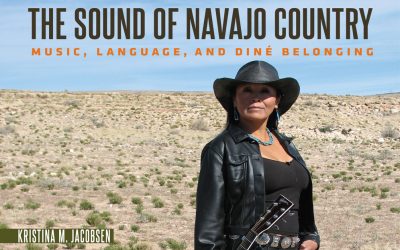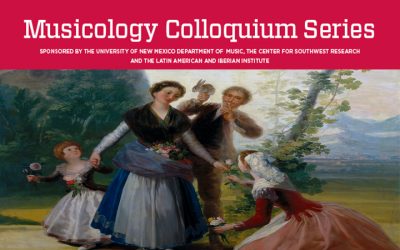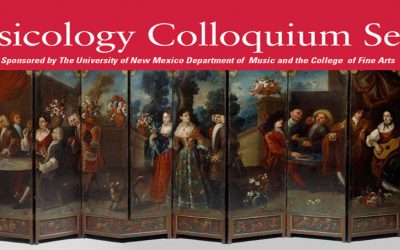During the spring of 2015, Drs. Kristin Ditlow and Karola Obermüller began planning the first installments of a contemporary music exchange. This exchange would bring American contemporary music to Germany, and likewise sponsor performances of contemporary German music in New Mexico.
The project quickly expanded to include Professors Eric Lau and Scott Ney, with performances in Nürnberg and Darmstadt and master classes in Würzburg.
darabq1summer2015 from Kristin Ditlow on Vimeo.
The program included compositions by Volker Blumenthaler, professor for composition and theory at Nuremberg Hochschule für Musik, Cord Meijering, director of Akademie für Tonkunst, Darmstadt; UNM Music Faculty Karola Obermüller, Jose-Luis Hurtado, Peter Gilbert, and Richard Hermann; and noted composers Olivier Messiaen, Lori Laitman, Milton Babbitt, and James Beale.
The Nürnberg performance was hosted by Monika Teepe and Volker Blumenthaler while the Würzburg Hochschule für Musik hosted master classes for percussion and saxophone. The Akademie für Tonkunst, Darmstadt, was the host for the Darmstadt solo “klavierabend.”
Future performances and exchanges are being planned for the coming season.
Dr. Kristina Jacobsen, Assistant Professor of Ethnomusicology, releases book
The Sound of Navajo Country: Music, Language and Diné Belonging (University of North Carolina Press), examines cultural intimacy and generational nostalgia on the Navajo (Diné) Nation (click here for brief interviews in English and Italian about her research).
Spain the ‘Eternal Maja’: Goya, Majismo, and the Reinvention of Spanish National Identity in Granados’s Goyescas.
This talk will explore the influence of artist Francisco Goya (1746-1828) on one of the greatest masterpieces of Spanish music, the Goyescas suite for solo piano by Enrique Granados (1867-1916).
‘Sol y Sombra’: Music in Images in the Arts of New Spain presented by Ray Hernández-Durán
Scenes depicting musicians performing are found in a range of colonial art forms. Here, I briefly explore religious music from the 16th century through an examination of mission design and manuscript illuminations, and secular or profane music from the 18th century represented in genre paintings, domestic spaces, and biombos.



